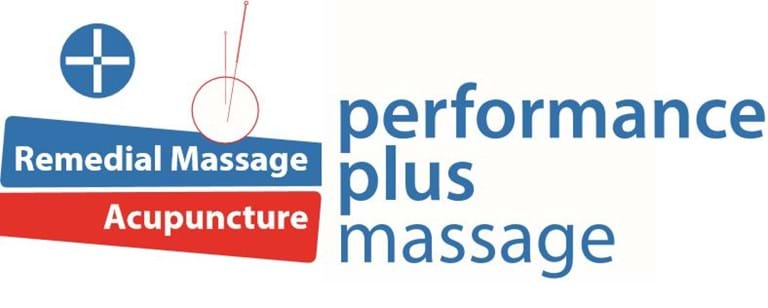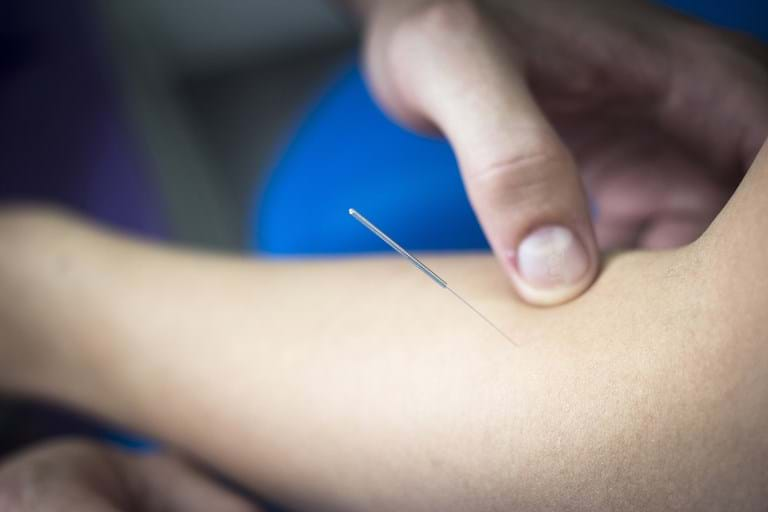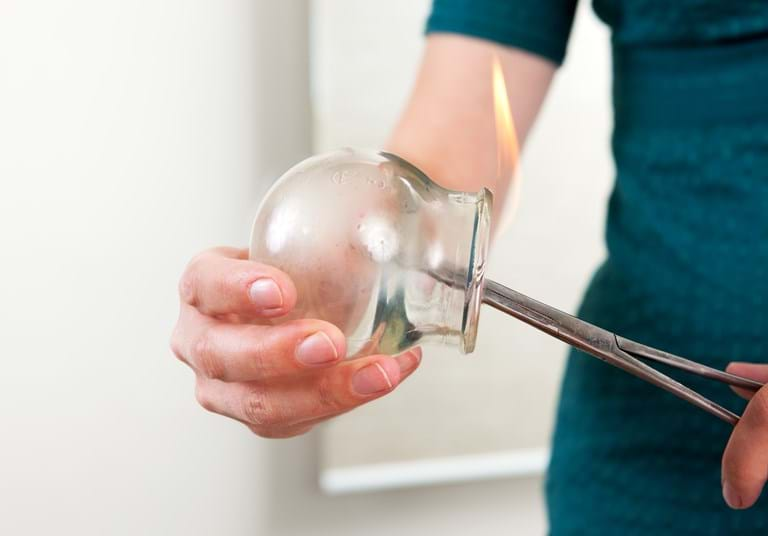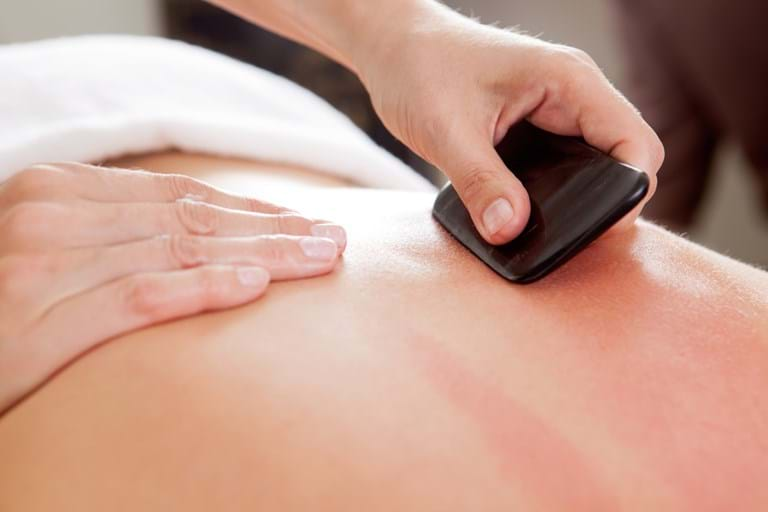Tips for Treatment of Repetitive Strain or Tennis Elbow
Tennis elbow is a condition involving inflammation of the tendon on the outside of your elbow. You may also experience pain in your upper forearm which increases when you grip objects, make twisting motions, or bend your arm.
While tennis is the activity that contributes to the condition's name, it's mainly a repetitive strain injury. As such, there are other versions of it and alternative causes. They include:
- Golfer's elbow, which is a similar injury affecting the other side of your forearm
- Playing musical instruments
- Using a computer throughout the day
- Working in certain occupations, such as hairdressing
- Typing continuously
Whatever the cause, there are ways to manage your pain. You may also seek professional advice and treatment. Knowing more about your options will help you choose the most appropriate way to manage your condition.
How Can You Manage Tennis Elbow?
One way to tackle tennis elbow is through acupuncture. Using the insertion of fine needles into the areas where you're encountering pain, which may help reduce both the pain and inflammation.
Alternatively, you can try cupping and Gua Sha to stimulate blood flow in the area. Each of these practices works in different ways, which means it's useful to learn more about them..
How Does Acupuncture Help Tennis Elbow?
Acupuncture can help to relieve the symptoms associated with tennis elbow in the following ways:
- It stimulates the nerves to release endorphins that lessen pain
- It reduces inflammation, which in turn lowers the prostaglandins that cause aches
- It may also decrease muscle stiffness, making the joint more manageable to move
To see the full benefits, you may need two to three therapy sessions.
Using specialist cups, your therapist will generate suction in specific areas with the aim of increasing blood flow. Ideally, you'll try a 20-minute session once a week. Cupping helps by increasing blood flow to the area, which then decreases inflammation
How does Gua Sha Aid Tennis Elbow?
Another ancient therapy, Gua Sha involves gently scraping the skin in relevant areas to create bruising. Those who practice Ancient Chinese medicine see the process as increasing the blood flow to the area which facilitates healing.
For example, when a therapist generates mild bruising in target areas it activates the introduction of more anti-inflammatory markers to the elbow. To see the most significant benefits, you'll ideally try two to three sessions per week until your tennis elbow improves.
Is Resting Useful?
In addition to the therapies above, treating tennis elbow with rest is beneficial. Therapists often recommend using supportive braces between treatments, allowing you to rest the tendon and prevent irritation or further injury.
In some cases, resting to treat your tennis elbow may mean adapting, reducing or ceasing certain activities.
If you would like to learn more about using alternative modalities for treating tennis elbow, contact us.



